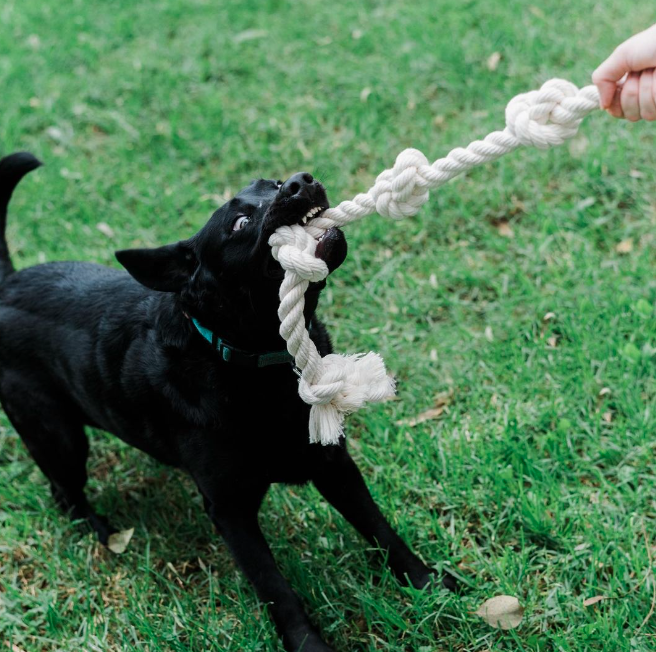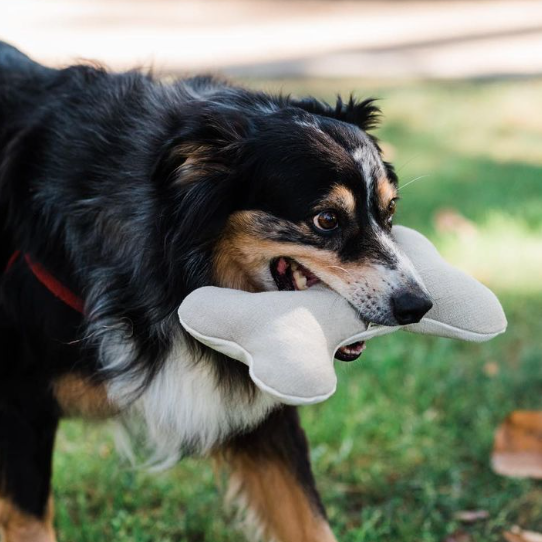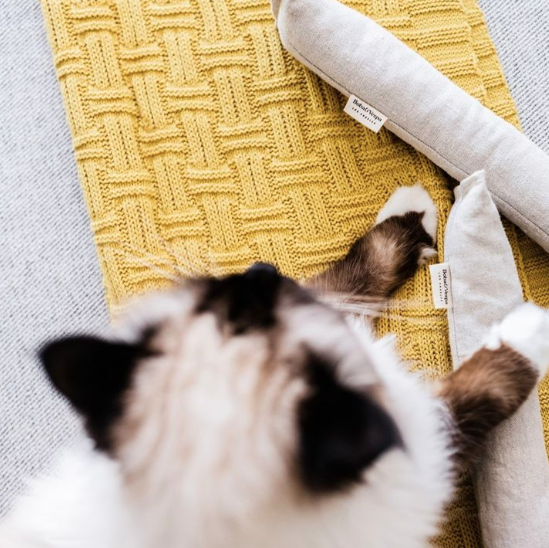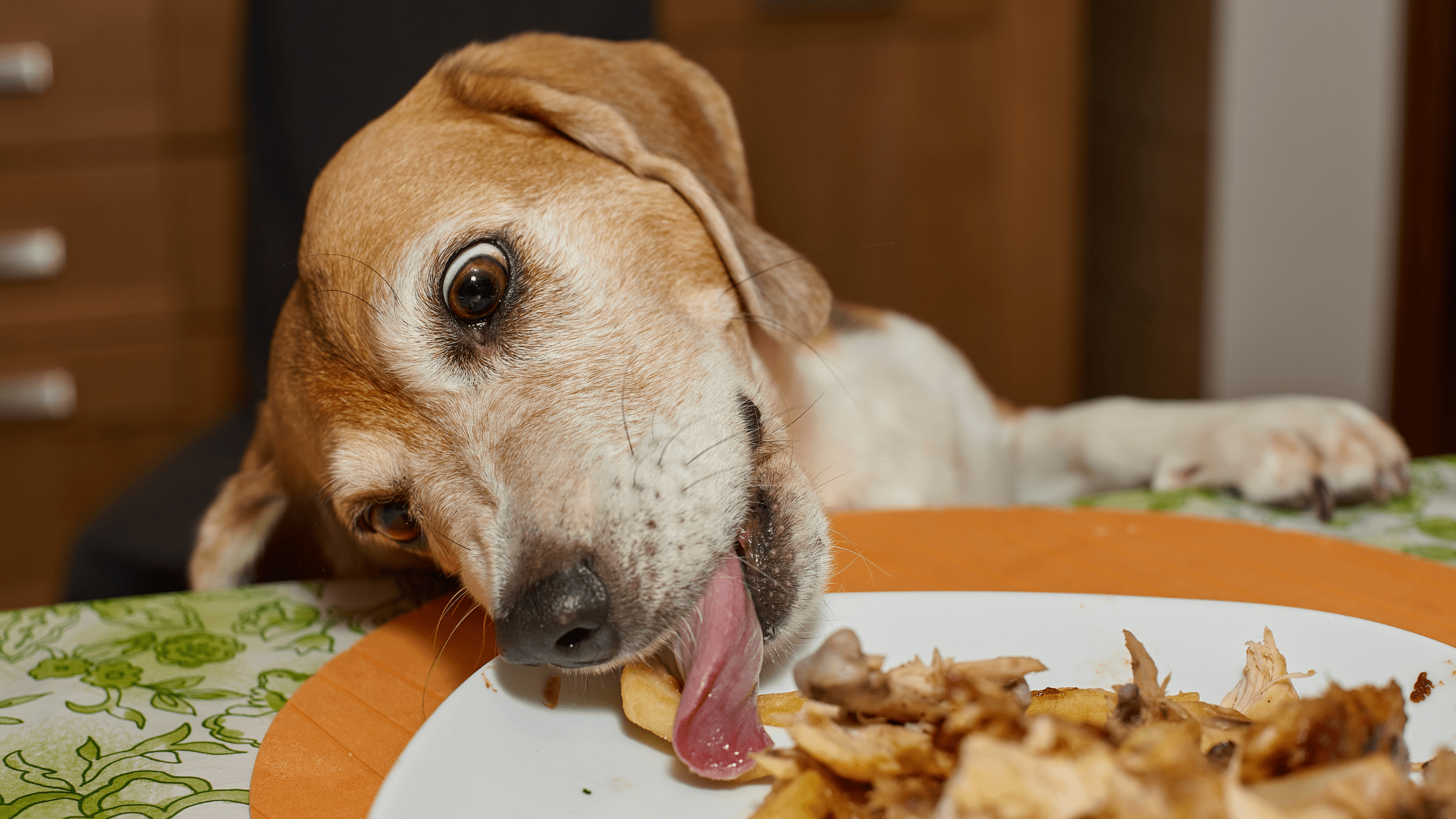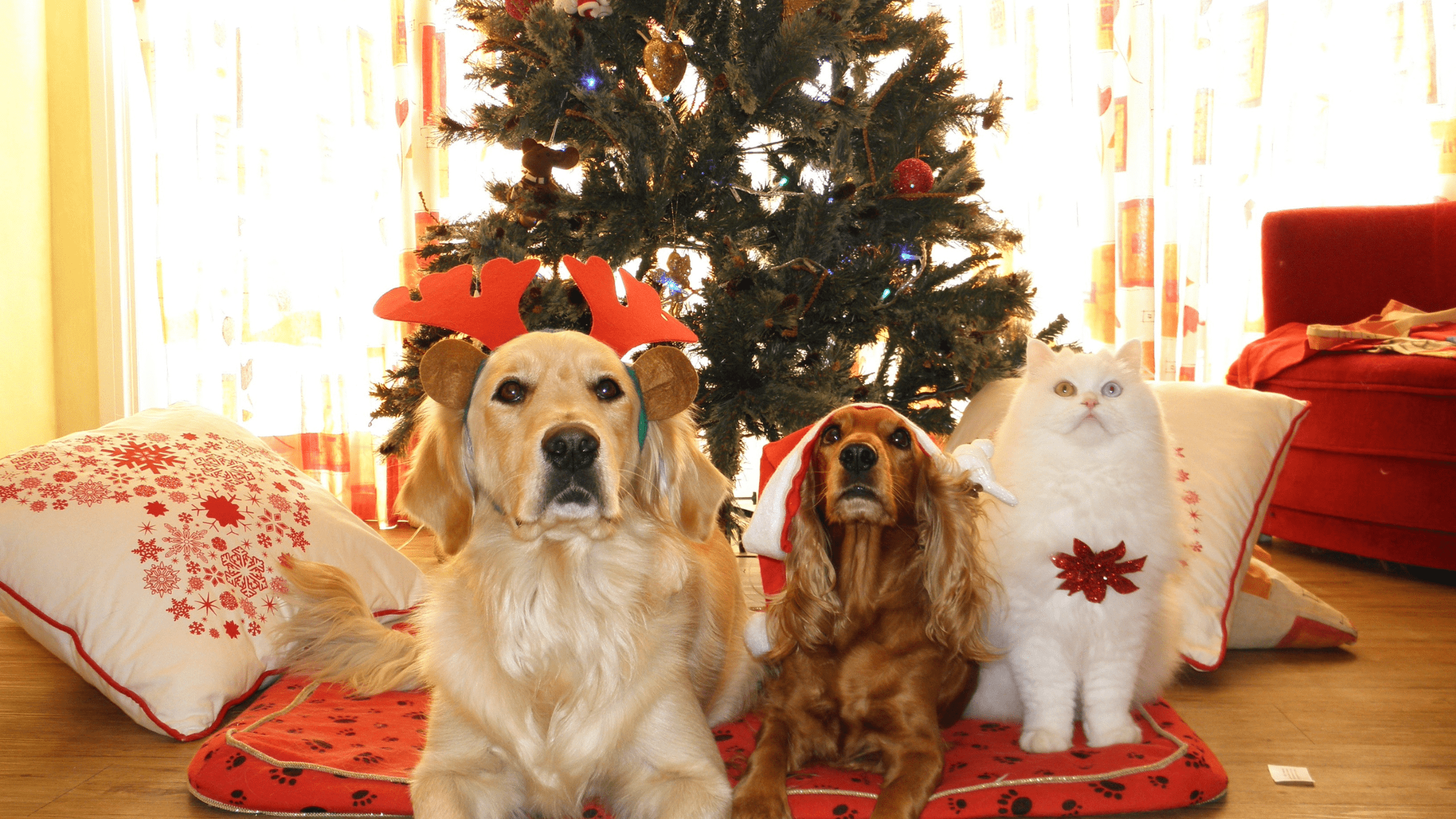It’s a sunny afternoon, and you’re out for a walk with your dog, headphones on, enjoying the fresh air, when suddenly, your arm is nearly yanked out of its socket as your dog lunges toward a squirrel darting up a tree. Barking, straining, and pulling, your dog has turned what was supposed to be a calm walk into a stressful struggle. Sound familiar?
Unfortunately, for many dog owners, leash walks can be a stressful experience, especially if their dog exhibits reactivity toward other dogs, people, or specific environmental stimuli.
In this blog, we’re going to cover the essentials for managing a leash reactive dog so that walks can become calmer and more manageable. These include:
-
Understanding your dog’s reactivity and triggers
-
Practical strategies for on-leash management
-
Behavior modification and training plans
Read on to discover practical tips, tools, and professional guidance for handling a leash reactive dog so that you can enjoy calmer walks with your furry friend.
What is Leash Reactivity?
Leash reactivity is a common behavioral issue seen in both adult dogs and puppies, and it can manifest as barking, lunging, growling, or snapping when your dog is on a leash. A reactive dog can make everyday walks difficult, and unmanaged leash reactivity can escalate into aggression if not addressed appropriately.
Understanding Your Dog’s Reactivity and Triggers
Before implementing any strategies, it’s crucial to understand what drives your dog’s behavior. Leash reactivity often stems from fear, frustration, or overexcitement. A fearful dog may respond to scary stimuli such as another dog, a jogger, or loud noises with barking, lunging, or freezing. Many dogs have specific triggers that set off reactive behavior, and identifying these is critical for successful management.
Recognizing Triggers
Triggers vary from dog to dog. For some dogs, seeing another dog on leash is enough to provoke a fear-based response, while others may react to certain people, objects, or environmental factors. It’s helpful to keep a journal of your dog’s reactions to note patterns:
-
Location: Does your dog react more in the dog park, at the vet clinic, or on crowded streets?
-
Time of day: Are walks in the morning more stressful than in the evening?
-
Specific triggers: Are other dogs, bicycles, or certain noises the leading cause?
No matter the trigger, understanding your dog’s threshold - the distance at which they can remain calm before reacting - is key. Walking past a trigger too closely can result in barking and lunging; however, maintaining a greater distance allows your dog to feel safe and remain receptive to training.
Reading Body Language
Many dog owners fail to notice subtle cues before a dog starts reacting. For instance, a reactive dog may stiffen, raise hackles, or fixate with intense eye contact. A fearful dog might cower, tuck their tail, or attempt to flee. Learning to read your dog’s body language gives you an early warning that the dog is approaching a scary stimulus, allowing you to intervene before problem behavior escalates.
Other factors, like previous experiences or underlying health issues, can also contribute to leash reactivity. Consulting a veterinary behaviorist can help rule out pain or medical conditions that might worsen reactivity, particularly if your adult dog’s behavior has changed suddenly.
Practical Strategies for On-Leash Management
Managing a leash reactive dog requires planning, patience, and the right tools. While there is no one-size-fits-all approach, combining proper equipment with behavior modification can make a significant difference.
Use Appropriate Equipment
Choosing the right leash and collar setup is essential. Head halters or front-clip harnesses can give you better control while reducing pressure on your dog’s neck. Many vets and professional trainers recommend these tools, particularly for dogs that are strong or prone to lunging. A leash should be short enough to maintain control but long enough to allow your dog some freedom to move without feeling trapped.
Create Distance and Avoid Trigger Stacking
Distance is your friend when walking a reactive dog. Maintaining a greater distance from the trigger - such as another dog, a busy street, or a loud environment - prevents your dog from becoming overwhelmed. Trigger stacking occurs when your dog encounters multiple stressors in quick succession, making a reactive response more likely. By controlling your dog’s environment and walking at your dog’s own pace, you can reduce stress and encourage calm behavior.
Keep in mind that emergency U-turns are sometimes necessary, especially if a trigger suddenly appears and your dog starts escalating. It’s better to create distance and regroup than to force your dog past a scary stimulus, which can create negative associations and worsen leash reactivity.
Engage Your Dog’s Attention
Teaching your dog to focus on you is essential. Using food rewards, verbal markers, or a marker word helps redirect your dog’s attention away from a scary thing toward a calm, positive behavior. Even small successes, like making eye contact or turning away from another dog, can be rewarded with string cheese, treats, or praise. Over time, this reinforces a calm response and gives your dog better coping skills when encountering triggers.
Our Favorite Collars, Leashes, and Harnesses
Hoadin Cork Dog Leash
Having a sturdy, reliable leash makes a big difference when it comes to walking your dog. The Hoadin Cork Dog Leash is a sustainable, durable option that’s comfortable to hold during tense walks. Handmade in the USA with water-resistant cork and solid brass hardware, it gives dog owners confidence while walking their reactive dogs.
Recycled Eco Dog Leash
Made from recycled ocean plastic blended with cotton, the Seawoof Recycled Eco Dog Leash is lightweight yet durable, giving dog owners confidence when managing barking, lunging, or other reactive behaviors. With rust-resistant hardware and climbing-grade aluminum carabiners, this leash is built for safety and control during walks. Plus, its six California coast-inspired patterns make every stroll eco-friendly and stylish, supporting ocean conservation with every purchase.
Recycled Eco Dog Collar
For leash-reactive dogs, having a reliable collar is just as important as a strong leash. The Seawoof Recycled Plastic Dog Collar combines durability and comfort, made from upcycled ocean-bound plastic and bio-cotton. Lightweight yet strong, it stays securely in place even with strong pullers, helping dog owners maintain control during walks. With vibrant California coast-inspired patterns, it’s a stylish, sustainable choice that supports the planet while keeping your pup safe and comfortable.
Tips for Dog Owners
Here are some practical tips for managing leash reactivity in everyday life:
Plan walks around your dog’s environment
Avoid crowded areas or dog parks until your dog has improved coping skills.
Use high-value treats and food rewards
Items such as string cheese, small pieces of chicken, or kibble can help maintain attention and reinforce calm behavior.
Monitor your dog’s threshold
Always maintain a greater distance if your dog starts showing signs of stress, such as barking or lunging.
Gradual exposure
Slowly introduce your dog to triggers at a distance, using positive associations to build confidence.
Consistency is key
Many dogs need regular, predictable routines and consistent reinforcement to learn new coping skills.
Common Mistakes to Avoid
Managing a leash reactive dog is challenging, and many owners inadvertently reinforce reactive behavior.
Avoid Punishment
Scolding or physically correcting your dog can increase fear and worsen reactive behavior.
Overexposure to triggers
Forcing walks past triggers without adequate distance creates negative associations.
Ignoring subtle body language
Waiting until your dog starts barking or lunging means you’ve missed the chance to intervene early.
Instead, focus on reinforcing calm behavior, creating distance, and gradually building positive associations. Over time, your dog will learn to cope more effectively and respond with calm behavior even in the presence of triggers.
Finally, remember that every dog is unique. Some dogs respond quickly to behavior modification, while others may require longer, more gradual approaches. Adult dogs and fearful dogs can both improve with patience, consistency, and the right training plan.
Manage Dog Leash Reactivity Today
Walking a reactive dog on leash can be stressful, but with understanding, planning, and consistent behavior modification, you can help your dog become calmer and more confident. By prioritizing your dog’s attention, coping skills, and emotional well-being, leash walks can be transformed from a stressful experience into a positive and enjoyable routine for both of you.

